
Here’s How You Can Calculate Profit in Forex Trading

When it comes to forex trading, understanding how to calculate profit is crucial. Whether you are a newbie or an experienced trader, knowing how to calculate profit in forex trading can help you track your performance and make smarter decisions. If you are confused about where to start or how to break down the numbers, this guide is for you.
This article will walk you through the process in simple terms. We will break down the essential formulas, explain key concepts like pip value and leverage, and offer insights to help you make better trading choices. By the end, you will have a clear understanding of how to calculate profit in forex trading.
Understand Pip Value First
The first thing you need to know when calculating profit in forex trading is the pip value. A pip is the smallest price movement in the forex market and is often what determines profit or loss. Knowing how to calculate pip value is important because it directly impacts your profits.
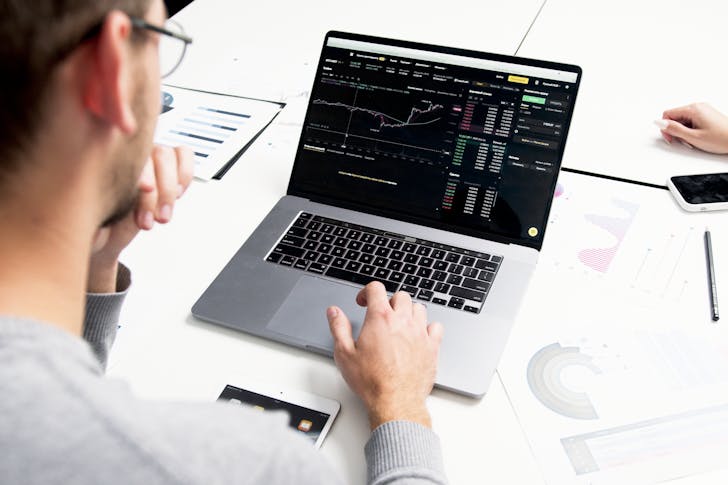
Artem / Pexels / To figure out the pip value, you first need to know the size of your lot (the amount you are trading) and the exchange rate of the currency pair you are dealing with.
In most cases, one pip is equal to 0.0001 of the currency’s value, but this can vary depending on the currency pair. Understanding this calculation helps you evaluate how much each pip movement will affect your profit or loss.
Keep the Importance of Leverage in Mind
Leverage plays a huge role in forex trading profits. Leverage allows traders to control a large amount of currency with a relatively small deposit. This means that small price movements can lead to significant gains – or losses. However, it is important to understand how leverage works to properly calculate your potential profit in forex trading.
For example, if you are trading with a 1:100 leverage, every dollar you invest controls 100 dollars in the market. While this can magnify your profits, it can also increase your risk. To calculate profit accurately, you need to factor in the leverage ratio you are using.
How to Calculate Profit in Forex Trading?
Now that you understand pip value and leverage let’s get into the actual formula for calculating profit in forex trading. The basic formula is simple:
Profit = (Pip Movement x Lot Size x Pip Value) x Leverage
This formula allows you to calculate the profit for each trade based on the size of the movement in pips, the lot size you are trading, and the value of each pip.
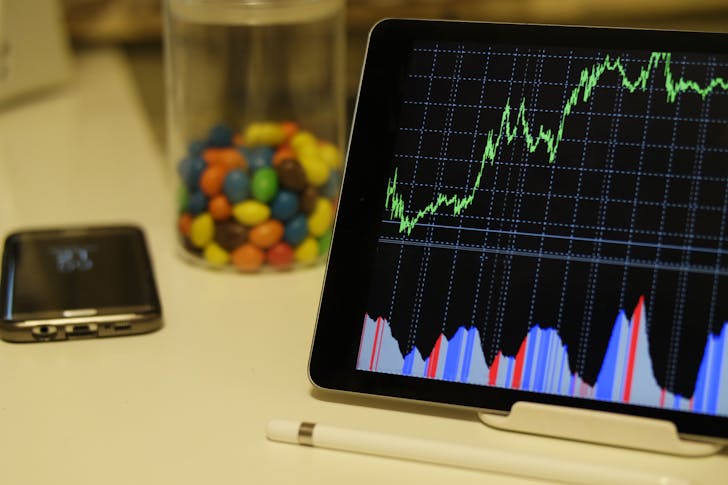
Player / Pexels / When calculating profit in Forex trading, it is important to include leverage in this calculation because. It has a big impact on both potential profit and risk.
But how to calculate profit in forex trading using this formula? Let’s say you are trading a currency pair where each pip is worth $10, and you see a movement of 20 pips in your favor. If you are trading a standard lot (which is 100,000 units of the base currency) with a 1:50 leverage, your profit would be calculated as follows:
Profit = (20 pips x $10 x 1 lot) x 50 = $10,000.
This is a simple example, but it shows how powerful leverage can be in forex trading. Make sure to always double-check your numbers to avoid any costly mistakes.
Currency Pairs and Their Impact on Profit
Another important factor when calculating profit in forex trading is the type of currency pair you are trading. Different currency pairs have different pip values and volatility, affecting your profit calculations. For example, major currency pairs like EUR/USD are generally more stable and have lower volatility, while exotic pairs can see higher price fluctuations.
Some pairs are more predictable and easier to trade, while others might offer larger potential profits but come with increased risk. Understanding the behavior of the currency pairs you trade will allow you to better estimate your potential profit.
However, if you are not comfortable with manual calculations, there are plenty of forex profit calculators available online. These tools allow you to plug in the necessary data, such as the currency pair, lot size, pip value, and leverage, to instantly see how much profit or loss you might expect from a given trade.
More in Business & Finance
-
`
Everything You Need to Know About an Assumable Mortgage
What is an Assumable Mortgage? Whether you are a buyer or a seller, understanding the concept of assumable mortgages can open...
June 6, 2024 -
`
Layoff vs. Fired – Understanding the Crucial Differences
When it comes to job loss, understanding the distinction between being layoff vs. fired is crucial. While both situations result in...
May 30, 2024 -
`
When Are Business Taxes Due 2024? Essential Dates and Deadlines
Tax deadlines can be daunting, but fear not! Let’s break down everything you need to know to stay on top of...
May 22, 2024 -
`
How Much Does Jeff Bezos Make Per Hour? It’s More Than You Think!
Jeff Bezos, a name synonymous with innovation and wealth, stands as one of the world’s richest individuals. While Bernard Arnault and...
May 16, 2024 -
`
What is Portfolio Investment Entity (PIE) and How Can it Benefit You?
In the intricate world of finance, individuals seek avenues to optimize their investments while minimizing risks. One such avenue gaining traction...
May 9, 2024 -
`
What is a Bank Statement? Understanding its Definitions, Benefits, and Prerequisites
Ever wondered where your money goes? A bank statement is like a financial report card, giving you a clear picture of...
April 30, 2024 -
`
Branded Content: A Genuine Way to Connect With Your Audience
Have you ever binge-watched a series on Netflix, only to later realize that the beverage everyone’s sipping on is that brand...
April 23, 2024 -
`
What Car Does Jeff Bezos Drive? Find Out Inside His Exclusive $20 Million Collection
Have you ever wondered what car does Jeff Bezos drive? This man’s tastes in vehicles are as expansive as his business...
April 17, 2024 -
`
Redeeming Your Savings Bonds – Here’s What You Need to Know
Today, savings bonds stand out as a steadfast option for many Americans. If you are pondering over the process of U.S....
April 11, 2024



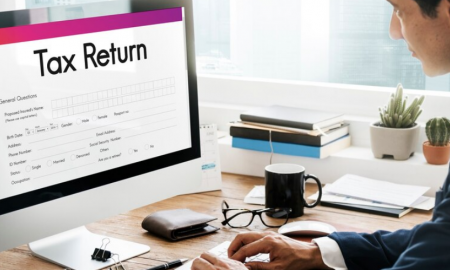


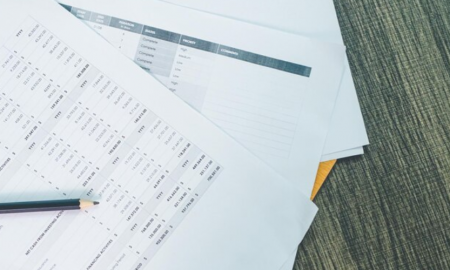


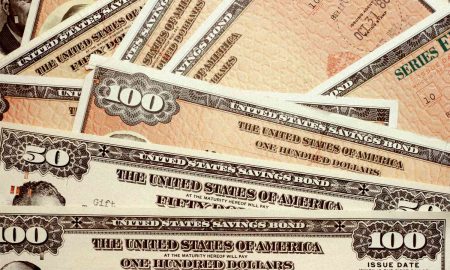
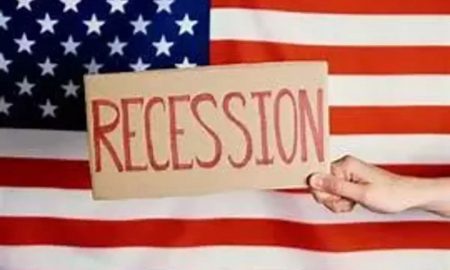




You must be logged in to post a comment Login